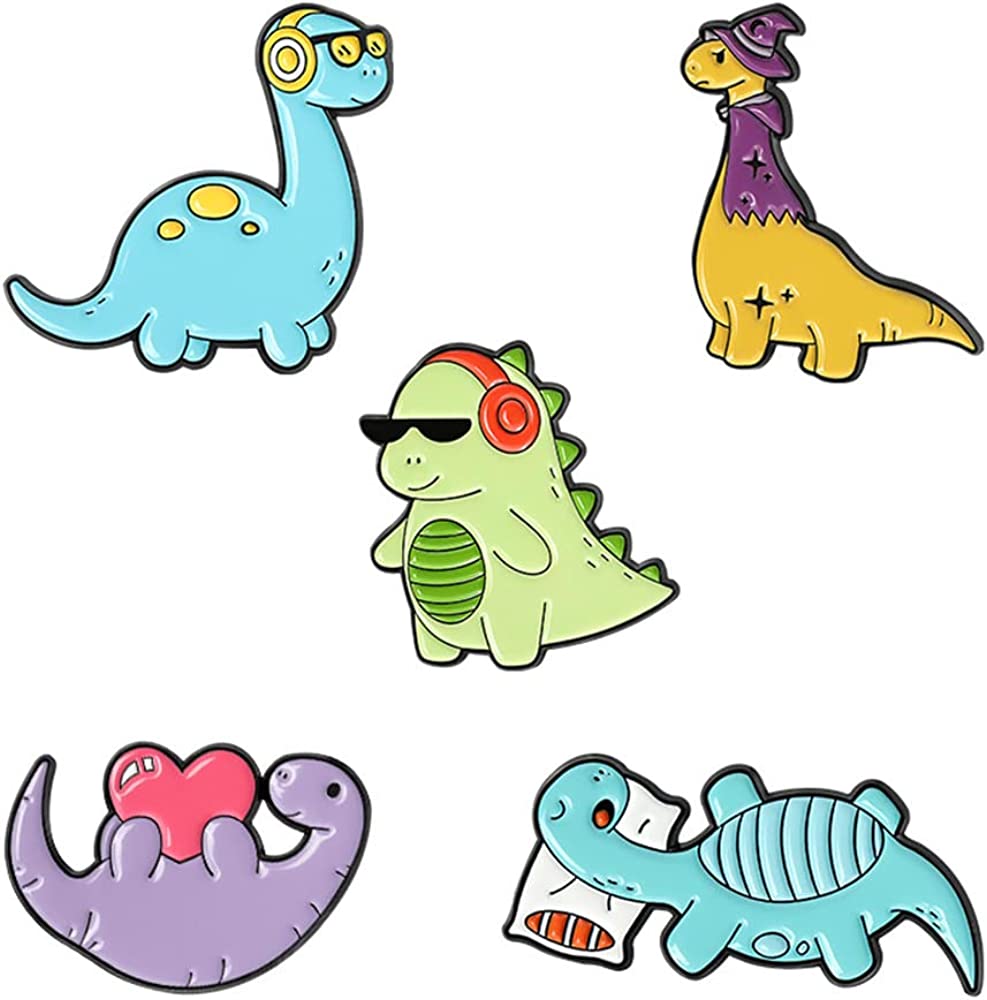Enamel pins have made a comeback in recent years, capturing the attention of people across generations. In this article, we’ll explore the nostalgic roots of enamel pins and how they’ve seamlessly integrated into modern fashion and culture.
Historical Origins Enamel pins have historical origins dating back to ancient civilizations, where they were used for decorative and symbolic purposes. The technique of fusing glass and metal has endured through the centuries.
Nostalgic Revival Enamel pins experienced a resurgence in the 20th century, often associated with military insignias, punk subculture, and collectibles. This revival ignited a renewed interest in pins as fashion statements.
Contemporary Adaptation Today, enamel pins are embraced by a wide range of demographics, from fashion enthusiasts to pop culture aficionados. They’ve adapted to modern sensibilities while maintaining their inherent charm.
Expression of Individuality Enamel pins allow wearers to express their unique interests, affiliations, and identities. From fan art to social activism, pins communicate messages and create connections.
Online Marketplaces and Communities The digital age has amplified the popularity of enamel pins, with online marketplaces and social media fostering a thriving community of collectors, creators, and enthusiasts.
In Conclusion Enamel pins have transcended time, bridging historical roots with contemporary fashion and culture. Their revival and adaptation highlight their enduring appeal as personal and meaningful accessories.
















